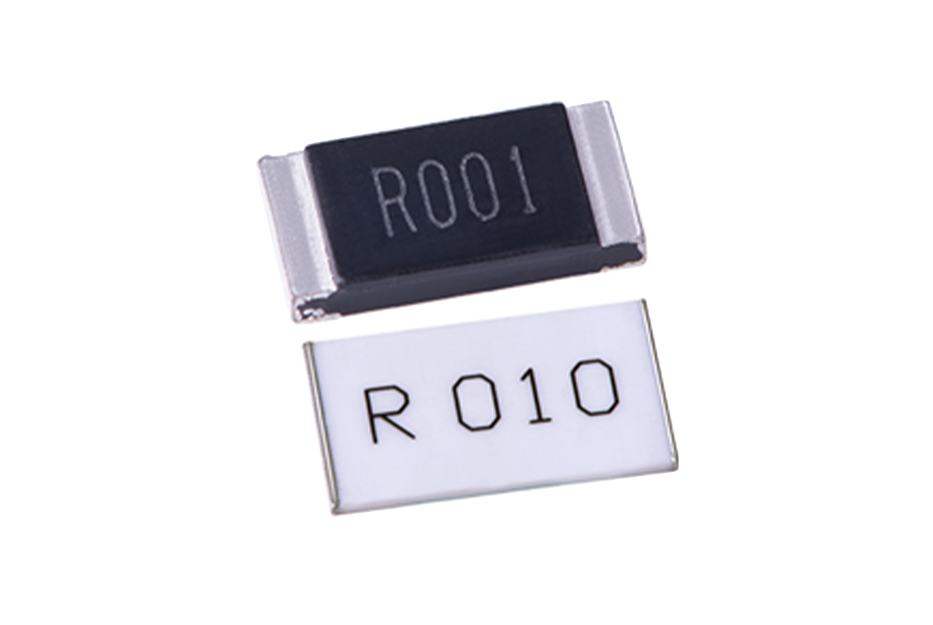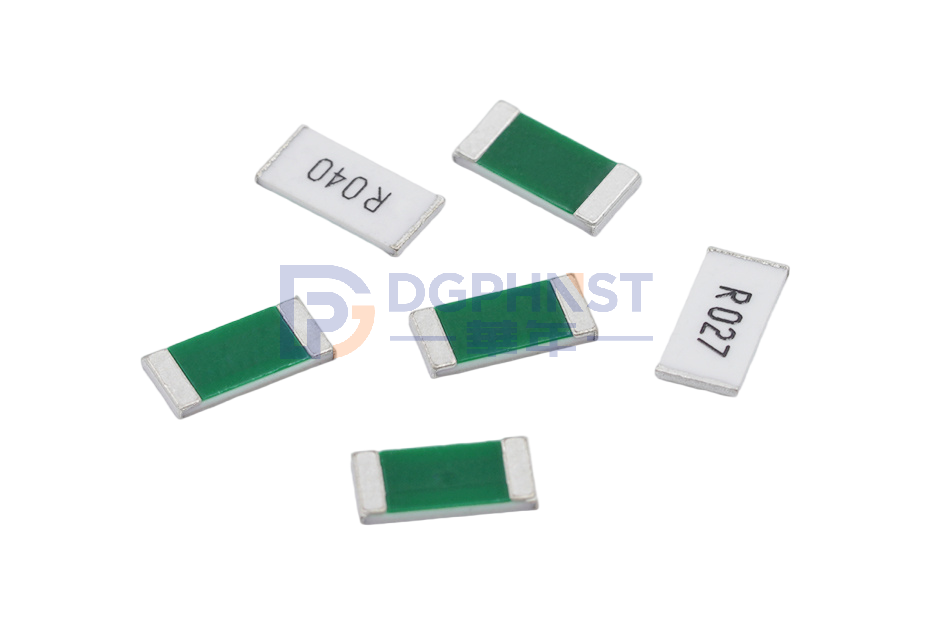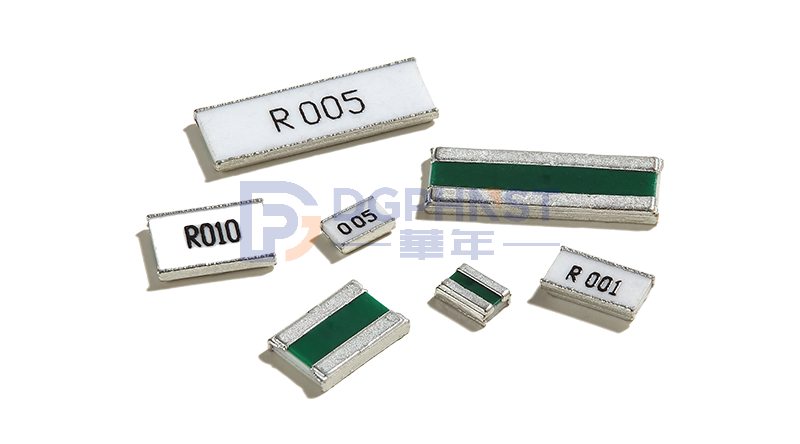Sampling hnstshop.com/" target="_blank">resistor is a component used in electronic circuits to sample and measure the current or voltage in the circuit. It is usually made of metal materials with specific resistance values and power bearing capacity. Sampling resistors are widely used in various electronic devices, including measuring instruments, power management, communication equipment, etc.
Sampling resistor selection and online purchase address: click on the image for online selection:
Sampling resistor selection table Selection Table of Diverter Resistance
The main function of the sampling resistor is to convert the current or voltage in the circuit into a voltage or current signal directly proportional to it for measurement. It can be used to detect the current level in a circuit and measure the voltage value in the circuit. The sampling resistor is generally connected to the measurement point in the circuit, and the required measurement results are obtained by measuring the voltage or current at both ends of the sampling resistor.
The characteristics of sampling resistors mainly include resistance value, power bearing capacity, and temperature coefficient. The resistance value refers to the degree of resistance of the sampling resistor to current or voltage, usually expressed in ohms (Ω). Power withstand capacity represents the maximum power that a sampling resistor can withstand, usually expressed in watts (W). The temperature coefficient refers to the degree to which the sampled resistance value changes with temperature, usually expressed as a percentage of the resistance value per degree Celsius.
When selecting sampling resistors, it is necessary to consider factors such as the current or voltage range, accuracy requirements, and power consumption in the circuit. Generally speaking, circuits with a large current or voltage range need to choose sampling resistors with higher power tolerance to ensure that the resistors can work properly without being damaged. For measurements with high accuracy requirements, sampling resistors with small resistance deviation and temperature coefficient should be selected. In addition, factors such as the size and price of the sampling resistor need to be considered.
For selection information, you can refer to the specifications of the sampling resistor or the technical manual provided by the manufacturer. The specification book usually includes electrical parameters, physical dimensions, packaging form, and other information of the sampling resistor, which can help users understand the performance and application range of the sampling resistor. The technical manual provides more detailed technical descriptions and application examples, which can help users choose sampling resistors that are suitable for their needs.
In summary, a sampling resistor is a component used in electronic circuits to sample and measure the current or voltage in the circuit. It has certain characteristics and selection requirements, and can be selected and applied according to the requirements in the circuit. By selecting and using sampling resistors reasonably, we can better understand the current and voltage situation in the circuit, thereby improving the performance and stability of electronic devices.






